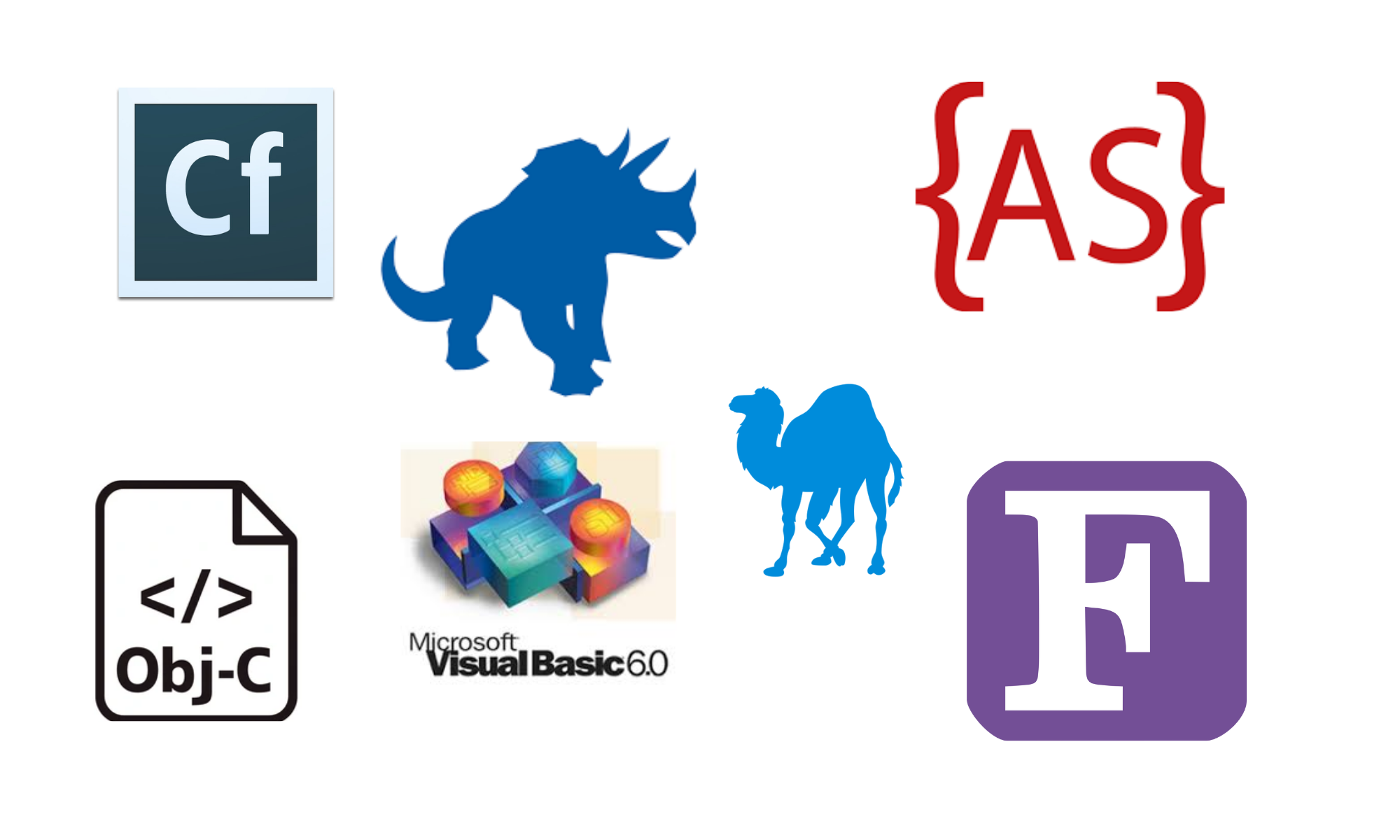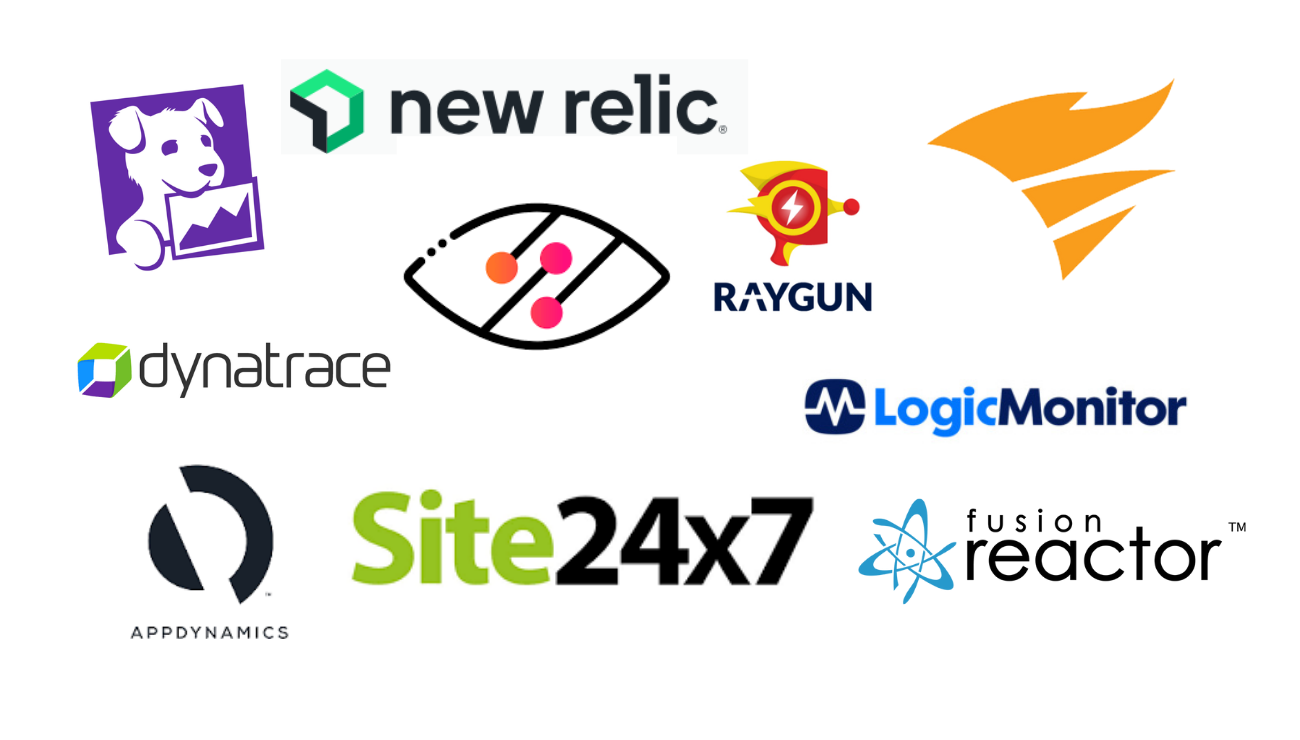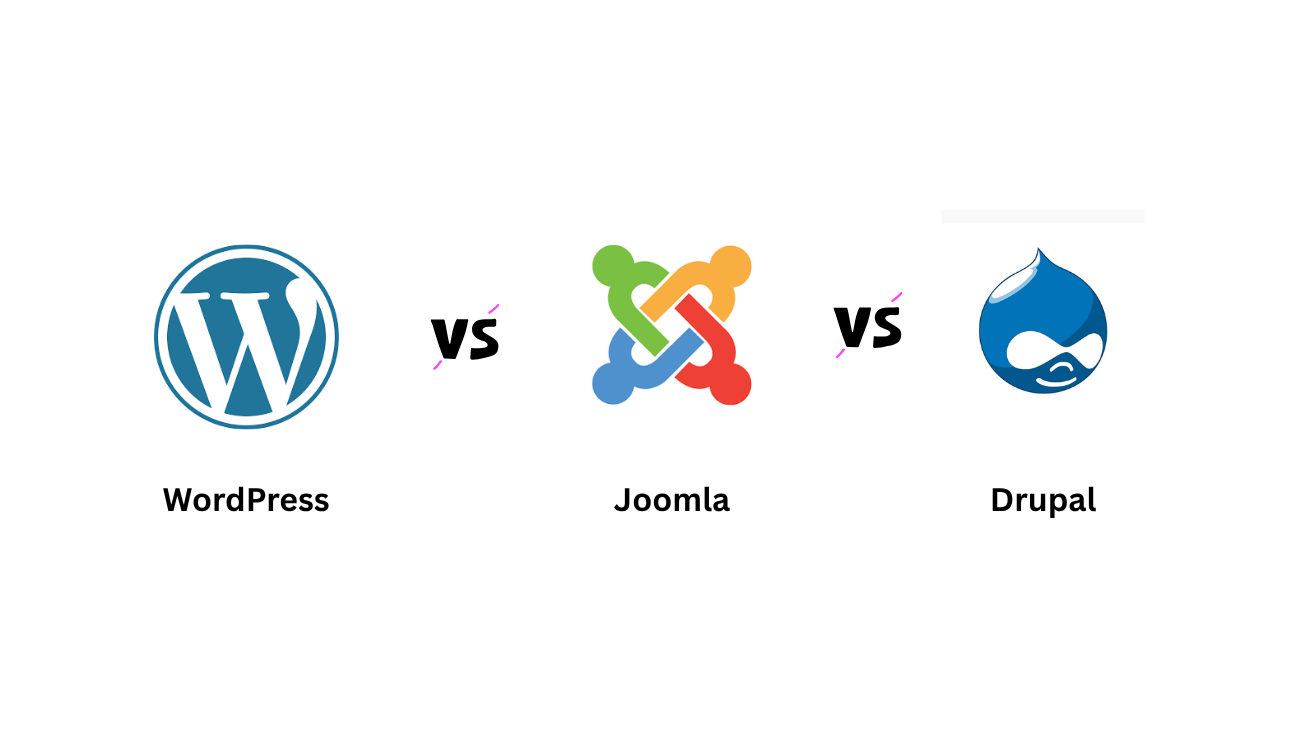
In the ever-changing world of software development, programming languages come and go. Some become industry standards, while others slowly fade away. Despite their past popularity, certain programming languages are now considered "dying" due to a decline in community support, outdated features, or better alternatives emerging.
Here are the top 7 programming languages that are dying:
1. Perl
Perl was once known as the "duct tape of the internet" and was a dominant scripting language in the late 1990s and early 2000s. However, the rise of more modern scripting languages like Python, along with Perl's complex syntax, has led to a steep decline in its popularity.
2. Objective-C
Before the introduction of Swift, Objective-C was the main language for iOS and macOS app development. Though still used in some legacy projects, Apple's strong focus on Swift means Objective-C is gradually being phased out.
3. Visual Basic (VB6)
Visual Basic 6 was widely used for creating Windows desktop applications in the 1990s. However, Microsoft's shift to .NET frameworks and VB6's outdated architecture have made it largely obsolete today.
4. ActionScript
ActionScript powered Adobe Flash applications and games. With the discontinuation of Flash and the rise of HTML5 and JavaScript, ActionScript has lost its relevance.
5. COBOL
COBOL remains in use within some financial and government legacy systems. Still, it is considered a dying language due to a shrinking number of developers and difficulty adapting to modern software environments.
6. ColdFusion
ColdFusion was popular for rapid web application development but has struggled to compete with newer web frameworks and languages. Its use has steadily declined over the years.
7. FORTRAN
FORTRAN, once the go-to language for scientific computing, has mostly been replaced by languages with better modern features and support. While still used in niche areas, its mainstream use is fading.
Why Do Programming Languages Die?
Languages lose popularity for many reasons — aging syntax, lack of updates, shrinking communities, and competition from better alternatives. For developers, keeping up with current trends and learning modern languages is essential to stay relevant.
Conclusion:
If you’re a developer, investing your time in growing languages like Python, JavaScript, Rust, or Go will likely offer more opportunities and future-proof your skills.




